Forget the Pricey Ribeye and Buy These Cheap Steak Cuts Instead
This story is part of Home Tips, CNET’s collection of practical advice for getting the most out of your home, inside and out.

Despite a healthy appetite for beef in the US, cost-cutting around the home is as important a factor as ever right now. Over 70% of Americans reporting grocery inflation as having an effect on their budget. That means folks may be willing to swap their preferred steaks for a more budget-friendly steak if necessary. And there are budget-friendly cuts of beef that will satisfy even the snootiest of steak eaters.
Ribeye is generally regarded as the best steak for a variety of reasons. “A ribeye comes from the area between the loin and the shoulder, and is commonly known for its rich flavor and juicy texture,” said Jason Jerome, beef supply chain expert at Beef. It’s What’s For Dinner in a recent email exchange.
Despite its mouth-watering qualities, ribeye is among the most expensive cuts of meat and therefore is the number one candidate to swap for a cheaper cut of steak. According to Jerome and Dommen, there are a number of beef and steak cuts that can ably stand in for ribeye, offering up value for the budget-conscious without sacrificing on flavor and texture. Choose from these seven, expert-endorsed cuts to save money grilling.
For more beef tips, see our picks for the best places to order meat online and the best rubs to buy for 2023. You can also check out how shopping at Whole Foods can actually save you money, and how to make your food last longer in the fridge to save some cash.
Mục Lục
The best cheap steak cuts to replace your ribeye
1. Strip steak
“Strip steak is incredibly tender and can be a tasty substitute for ribeye,” said Jerome. It’s also one of the closest in flavor to everyone’s favorite steak. The major difference between the two cuts is marbling; ribeye has more internal marbling throughout the cut, which accounts for its tenderness and flavor. Strip steak tends to have a thick band of fat on the outside of the cut that generally isn’t eaten, but which contributes to its equally robust flavor.
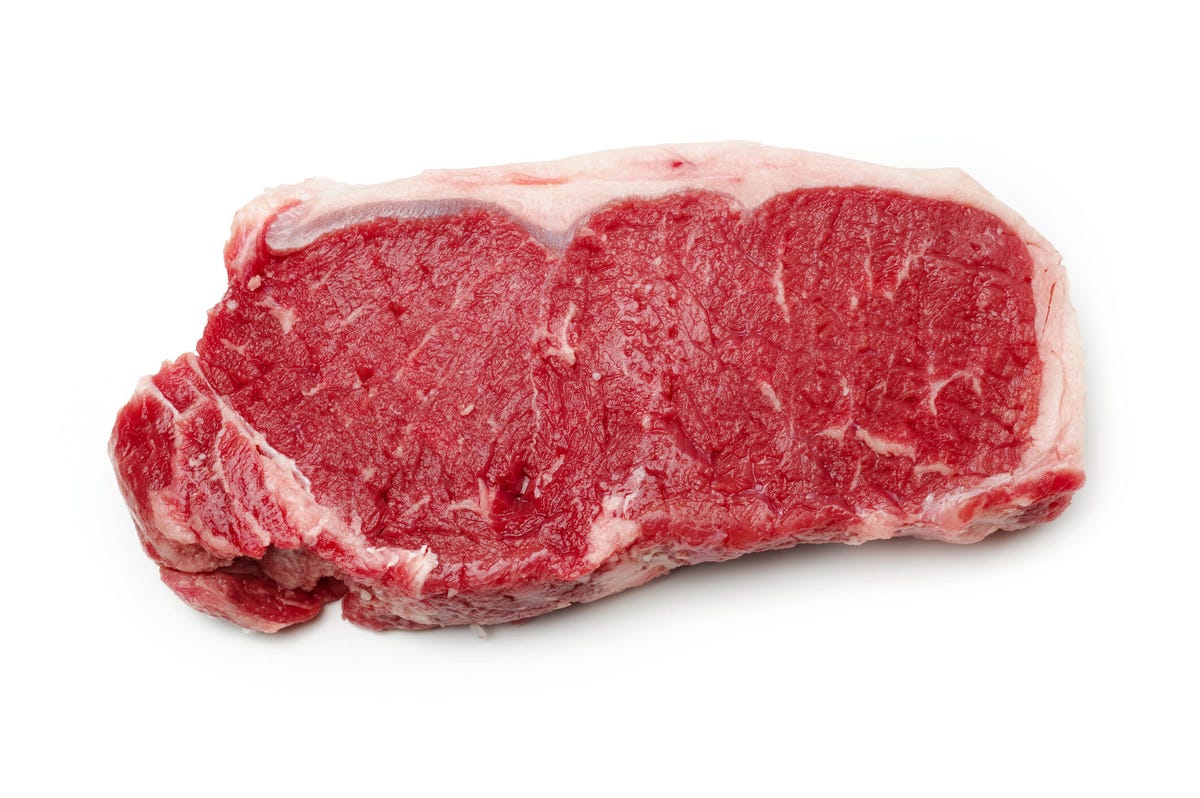
Kativ/Getty Images
Jerome also adds that you can easily tease out more portions in a strip steak. “You can cut a strip steak in half for smaller portioned strip filets,” he said. “Not only does it increase your portions, but it’s also perfect paired with fresh veggies for an easy weeknight dinner.”
As with all cuts of meat, if you find something on sale you should stock up and freeze portions for later, but with strip, Jerome also advises considering buying whole and doing a little bit of your own butchering for added savings. “With a whole striploin, you can save up to $2 per pound by buying in bulk and cutting down your own strip steaks at home,” he said. “On average, a striploin weighs 14 to 15 pounds, so that could be an average savings of up to $28 to $30.”
2. Flat iron steak
If you’re craving the tenderness of ribeye, Jerome suggests the flat iron steak as a worthy alternative. “The flat iron steak is the second most tender cut of beef, behind the beef tenderloin,” he said. While beef tenderloin is generally not recommended for high-heat grilling because of its delicate nature, the flat iron has the required marbling to match the grill’s intensity. “These steaks are known for their rich beef flavor and are well-marbled,” he said. “That makes this cut stand out above others and it can be used in a variety of ways.”
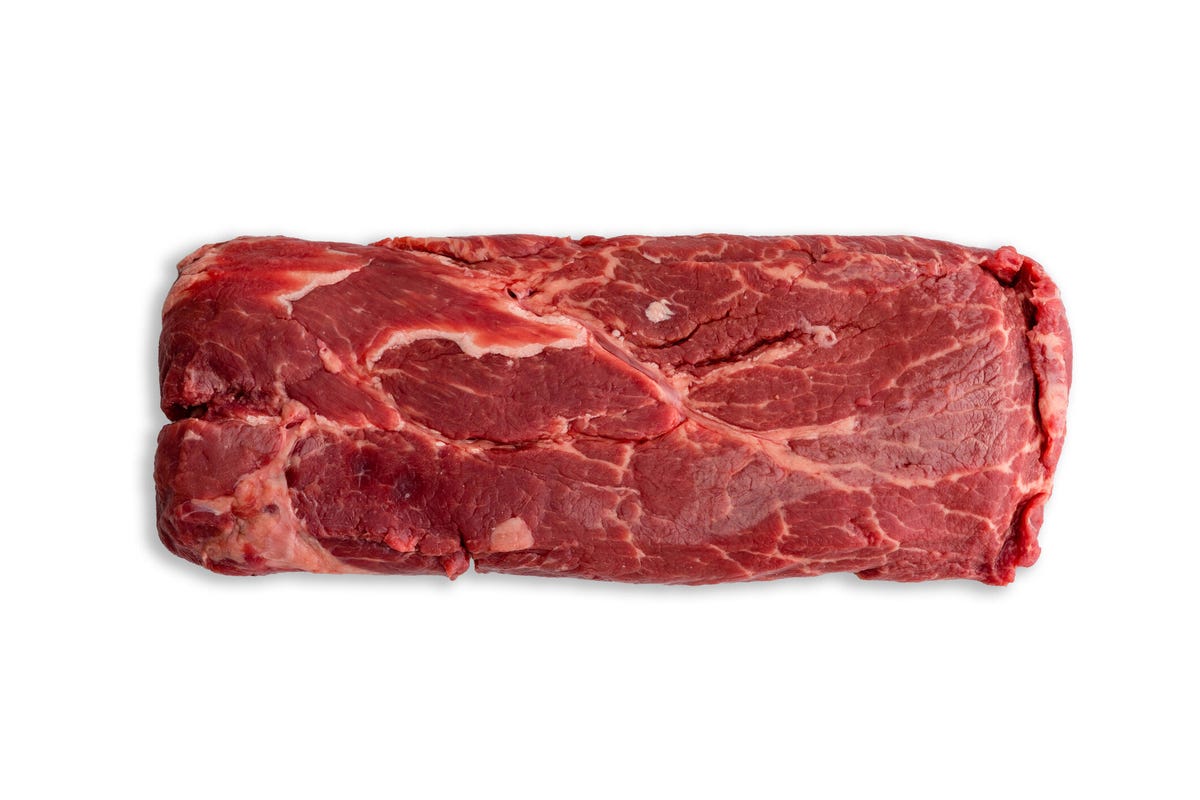
Ozgurcoskun/Getty Images
3. Sirloin steak or sirloin cap
Sirloin is a primal cut, further down toward the rump of the animal from the rib. Steaks cut from muscles get more work than ribeye, which also makes them a leaner choice for grilling. “Sirloin steaks are a great budget-friendly option chock-full of flavor,” said Jerome, who also suggests cutting sirloin steaks into smaller pieces for another budget-stretching, grill preparation: kabobs. “Top sirloin steaks are a great option to have something lean but also tender and flavorful for your beef kabobs.”
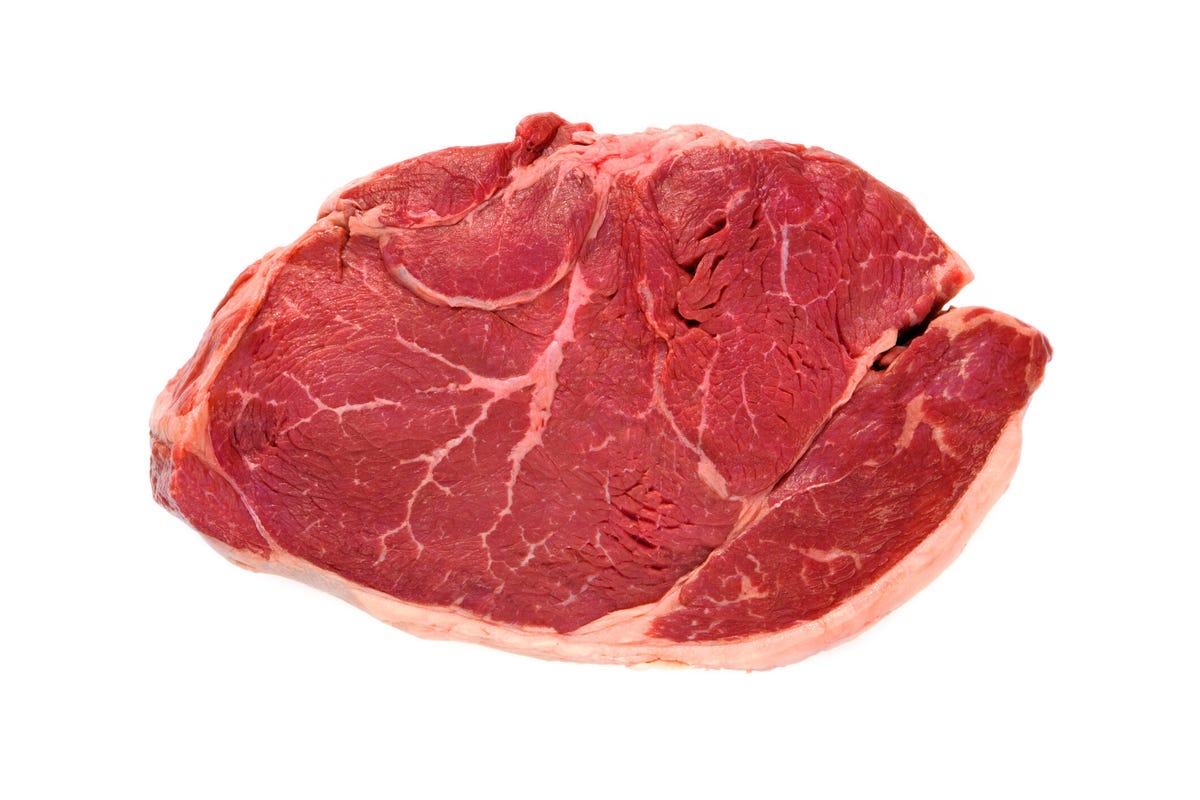
Nycshooter/Getty Images
Dommen also mentions another cut from the sirloin to consider for your barbecue. “The cut is what Brazilians call the picanha,” he said. It’s instantly recognizable as a frequently skewered cut served in Brazilian churrasco. “The picanha comes from the sirloin cap at the rear of the animal. The muscles get more work and have more flavor but also need to be cut with care against the grain,” he said.
4. Flank steak
Because a flank steak is so large, coming from just above the belly in the rear quarter of the animal, it qualifies as buying in bulk unto itself. It’s therefore a terrific, budget-friendly option for your cookout. “Flank steak is a versatile cut that’s perfect for fajitas,” said Jerome. That makes it another preparation that’s great for the grill and easy to feed a crowd with. Because of its natural leanness, however, a marinade is a good way to ensure some added tenderness before grilling.

BWFolsom/Getty Images
“Acidic marinades with vinegar or lime juice are better suited for flank steak than dry rubs,” said Jerome, “and the longer you marinate, the better, even up to 24 hours. Add pantry olive oil and spices to your acidic base and you’re ready to go.”
5. Boneless short rib
“Short ribs are known for being braised but they can also be grilled,” said Dommen. “Short ribs have a lot of marbling, which makes them great for grilling.”
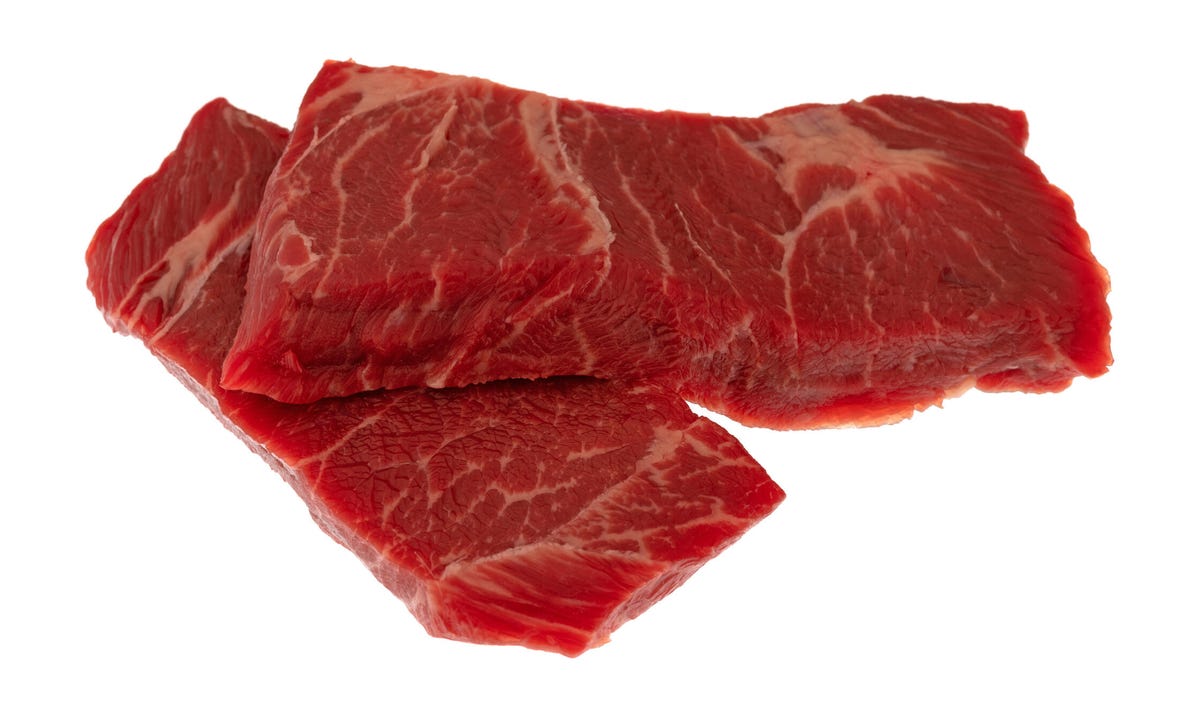
BWFolsom/Getty Images
Short ribs come from an area near the prime rib, coming from the chuck, not actually from the rib as the name suggests. (This is why beef requires experts.) While ribeye comes from the top of the animal, short ribs are closer to the belly. Short ribs for braising are typically sold bone-in and in shorter pieces, but you can ask your butcher for boneless short ribs that are cut in longer pieces for steak.
“Short ribs should be grilled to medium rare with a nice sear to make sure all the intermuscular fat is warmed,” advised Dommen. “I grill short ribs to an internal temperature of 115 Fahrenheit and it will carry over another 10 degrees while resting.”
6. Chuck eye steaks
“Chuck eye steaks are sometimes referred to as a ‘butchers’ steak,'” said Jermone. And it bodes well for the cut’s quality if butchers are hoarding them. Chuck is a cut at the very top and front of the animal, from which ground meat is often processed, so if you’ve ever grilled burgers, you’re already accustomed to putting chuck on the grill.
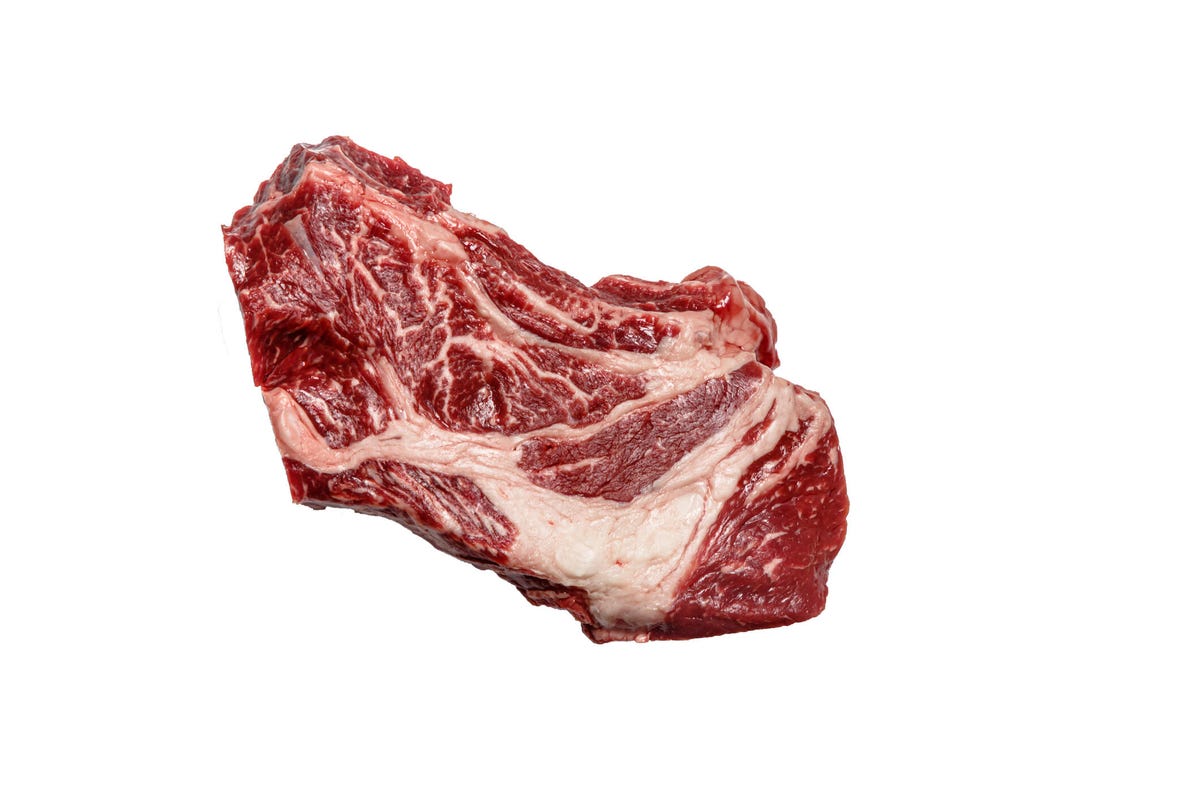
Milanchikov/Getty Images
“The steak gets its nickname because years ago butchers would keep this steak for themselves because it cooked and tasted like a ribeye while being more budget-friendly,” said Jerome. “This steak sits right next to the ribeye primal and therefore inherits a lot of the same qualities you would get from a ribeye.”
7. Pork chops
“Pork is my alternative cut of meat aside from beef,” said Dommen. “I love double cut, bone-in pork chops, especially if the pork is from a heritage breed that has great intermuscular fat.”
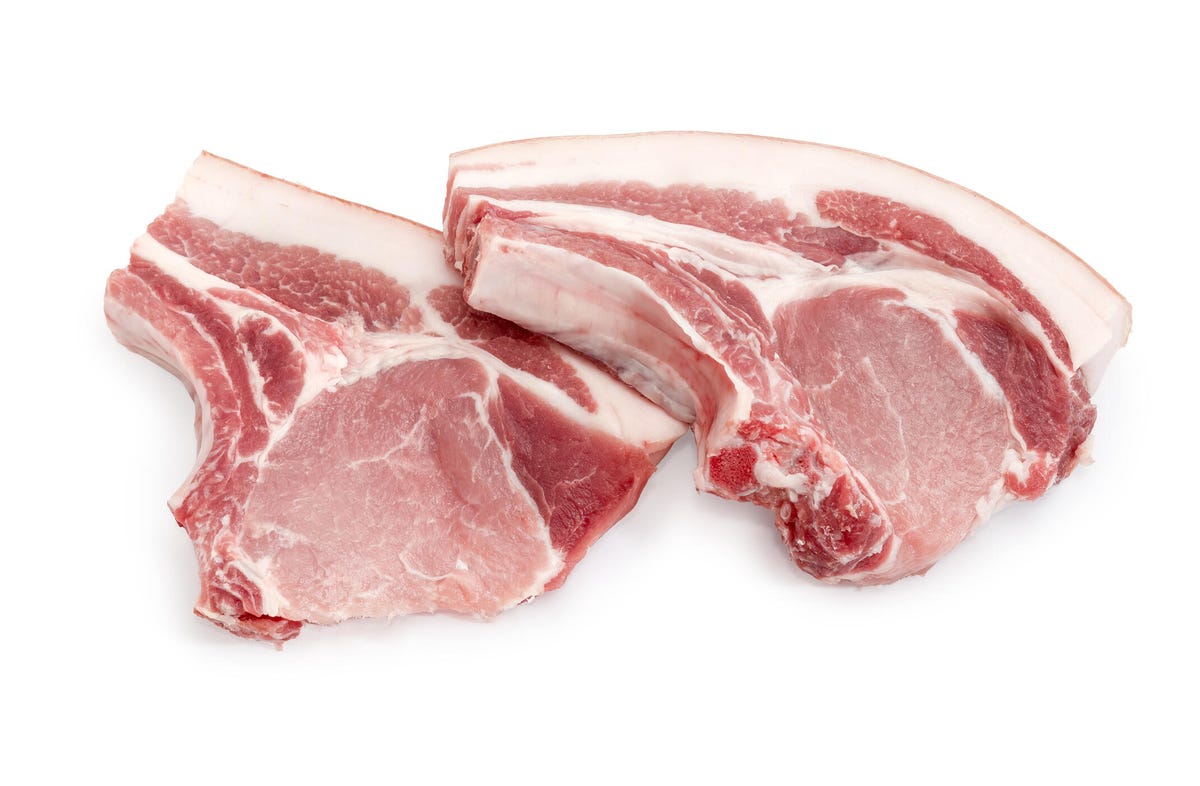
Anmbph/Getty Images
If all else fails when planning your grill festivities, consider that other types of meat can also fill in for beef steak when you’re trying to save money. “The key is that the pork chop is nice and thick so that you can get a great sear by the time it’s cooked,” Dommen said. “Cutting into a double-cut pork chop is as satisfying as cutting into a steak.”
Expert tips for grilling meat
No matter what cut you’re grilling, also consider a few expert tips to make the most of whatever you’re working with. “Elevate more tender cuts of beef with dry rubs,” said Jerome. “You can use spices you already have in your pantry for added savings. Warming spices like cumin, coriander, and allspice are on trend, and work great on the grill.”
You should also consider extending your budget by choosing dishes and meals that call for less steak per person than simply steak for steak’s sake. “Beef is a highly versatile ingredient,” Jerome said. In addition to kabobs and fajitas, mentioned above, “beef up any salad for a quick easy meal or pair sliced steak with a grain and lots of veggies to make it stretch in a delicious stir fry or bowl with Mexican or Mediterranean flavors.”

Fabian Krause / EyeEm
“There are certain principles that apply to all cuts of beef when grilling,” Dommen said. “By the time your meat is cooked it should also ideally have a nice sear on it. Always allow the meat to rest before slicing, which will give it a chance to redistribute the juices back into the meat. Other than ribeye, always slice meat against the grain to ensure tenderness.”















![Toni Kroos là ai? [ sự thật về tiểu sử đầy đủ Toni Kroos ]](https://evbn.org/wp-content/uploads/New-Project-6635-1671934592.jpg)


